Debra Jo Fondren: The 1970s Icon with Knee-Length Hair and a Lasting Legacy
She had hair that flowed like silk past her knees and a figure that felt like it stepped straight out of a dream. With just a glance, she could hold your attention, and with a single photograph, she became a cultural sensation. More than just a beautiful face, she symbolized the daring freedom of the 1970s—a decade that celebrated individuality and charm. Her name? Debra Jo Fondren. Let’s step into her world and see how one small-town woman captured the hearts of millions and continues to inspire decades later.

From Texas Roots to an Unlikely Spotlight
Debra Jo Fondren wasn’t born under the bright lights of Hollywood. She entered the world on February 5, 1955, in Los Angeles but grew up in Lumberton, Texas—a place worlds away from runways and red carpets. Raised in a modest, tight-knit environment, she spent her early years in a space where glamour was something seen in magazines, not real life.

She attended French High School in Beaumont, where her striking looks and radiant personality began to blossom. Life took a pivotal turn when she worked as a waitress at Gallagher’s steakhouse. During a casual trip to Las Vegas, a chance encounter would alter her future forever. While having lunch, a photographer noticed her extraordinary knee-length hair and undeniable presence. That was all it took—one moment that would set a new course.
Video : Debra Jo Fondren on The Tonight Show 1994
The Rise of a 1970s Icon
In September 1977, Debra Jo made a splash when she appeared in one of the era’s most influential men’s magazines. But this wasn’t just another centerfold. Her golden hair, cascading past her knees, set her apart in an industry where beauty could often blur into repetition. She wasn’t just another name on the page—she was unforgettable.

She was quickly honored as Model of the Year in 1978, becoming a household name. Whether roller skating in the California sun or striking a pose that felt both bold and soft, Debra exuded the fun-loving, confident energy of the 1970s. Her features weren’t just captured—they were celebrated, featured in a wide range of photo shoots, magazine exclusives, and retro collectibles still in circulation today.

On the Silver Screen: From Glamour to Roles with Range
Debra’s influence didn’t stop at photography. She soon brought her captivating energy to the world of television and film. Her acting debut came in 1978 with a role as “Kama” in the sitcom Mork & Mindy, alongside the energetic Robin Williams. Though brief, her appearance was memorable—showcasing her screen presence in a new light.

She went on to appear in several well-loved television series of the era, including Fantasy Island, Charlie’s Angels, The Love Boat, and The Dukes of Hazzard. Each role tapped into her unique allure, offering audiences glimpses of a star who could both enchant and entertain.

In film, she took on roles in titles such as Laserblast (1978), Skatetown, U.S.A. (1979), and later Spitfire (1995). While these weren’t Hollywood blockbusters, they served as important stepping stones in a career that crossed boundaries—from modeling to acting and beyond.
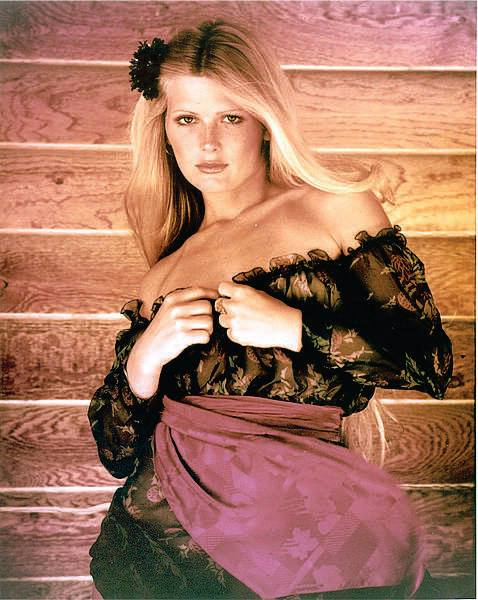
A Life of Challenges, Change, and Strength
Behind the camera and under the lights, Debra Jo’s journey wasn’t without personal challenges. In the 1980s, she married performer Lee Zimmerman. Their connection was as unconventional as it was magnetic—he, a puppeteer and mime; she, an American icon with flowing hair that had once caught his eye. But even fairytales face turbulence. Debra Jo struggled with lifestyle pressures and personal battles, including issues with addiction.
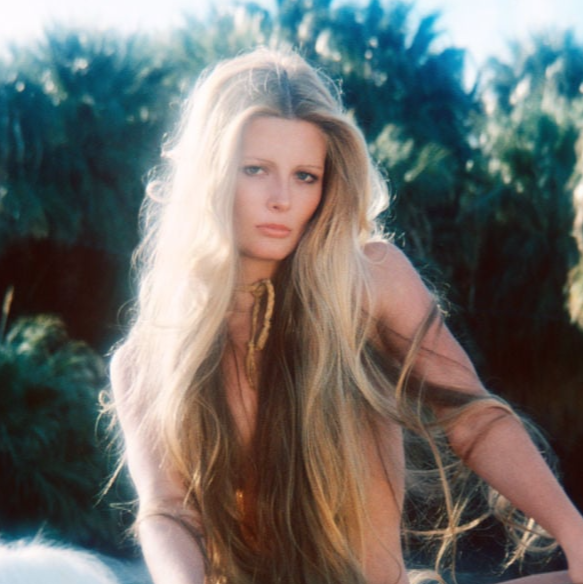
She confronted these difficulties with courage, and during that period, she experienced a spiritual awakening that profoundly shifted her path. Her decision to step away from the magazine scene wasn’t about regret—it was about transformation. She spoke candidly about no longer wishing to be part of a world that focused too heavily on surface-level allure. She had changed, and so did her priorities.
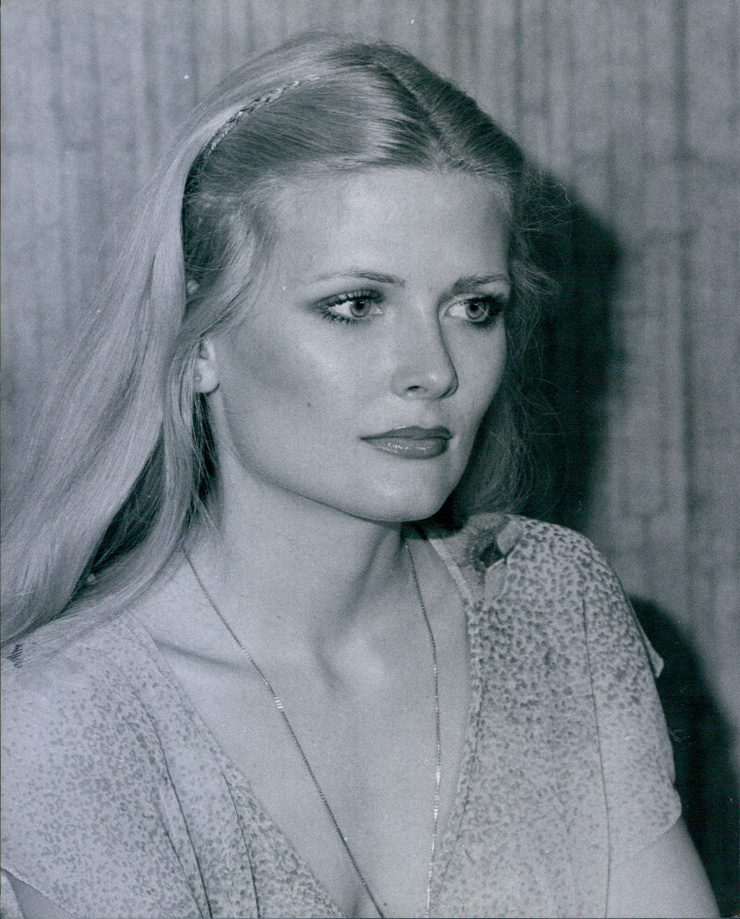
From Spotlight to Service: Reinventing Her Legacy
In a bold move of reinvention, Debra returned to school in the late 2000s to train as a registered nurse. After earning her credentials, she began working in hospitals in California before eventually settling back in Beaumont, Texas.
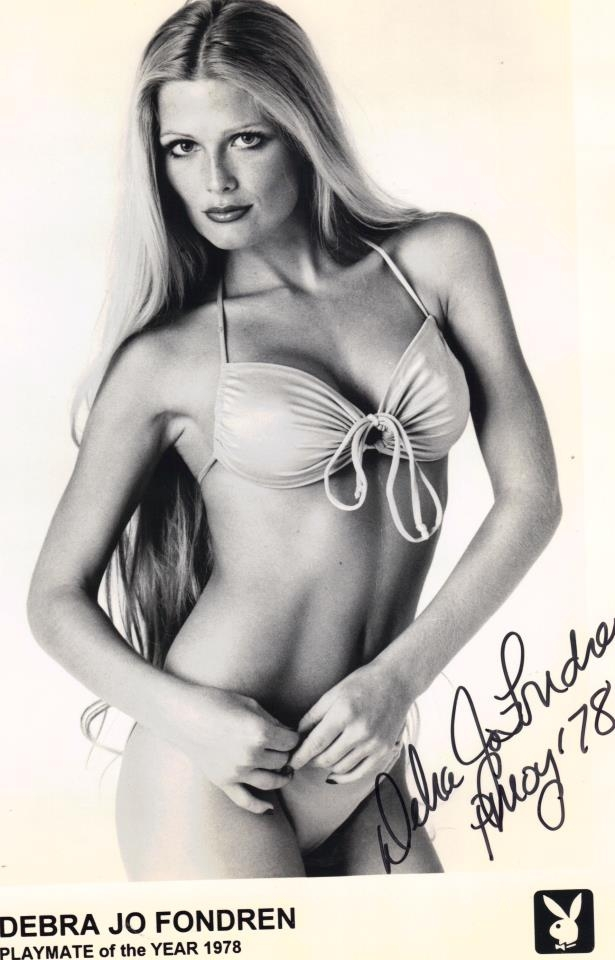
Not only did she transition careers, but she also embraced the role of educator—becoming an instructor at a career institute where she specialized in esthetics. Teaching others the skills she had once mastered on camera gave her a new kind of purpose, rooted in mentorship and growth.
She also opened a unisex hair salon, channeling her knowledge into helping others feel confident and cared for. Ironically, she eventually cut her own legendary hair—damaged after years of dye and styling—into a shorter bob. Yet, even without the famous locks, her poise remained untouched.
Video : Ltress May 2020 Edition – the long blonde hair !!! of Debra Jo Fondren (Playmate of the year 1978 )
A Legacy That Continues to Inspire
Although Debra Jo Fondren now leads a quieter life in Texas, her influence is far from forgotten. Her iconic images continue to circulate in vintage circles, art references, and collector markets. Her 1970s centerfolds remain high-value items among fans of retro Americana and vintage fashion.
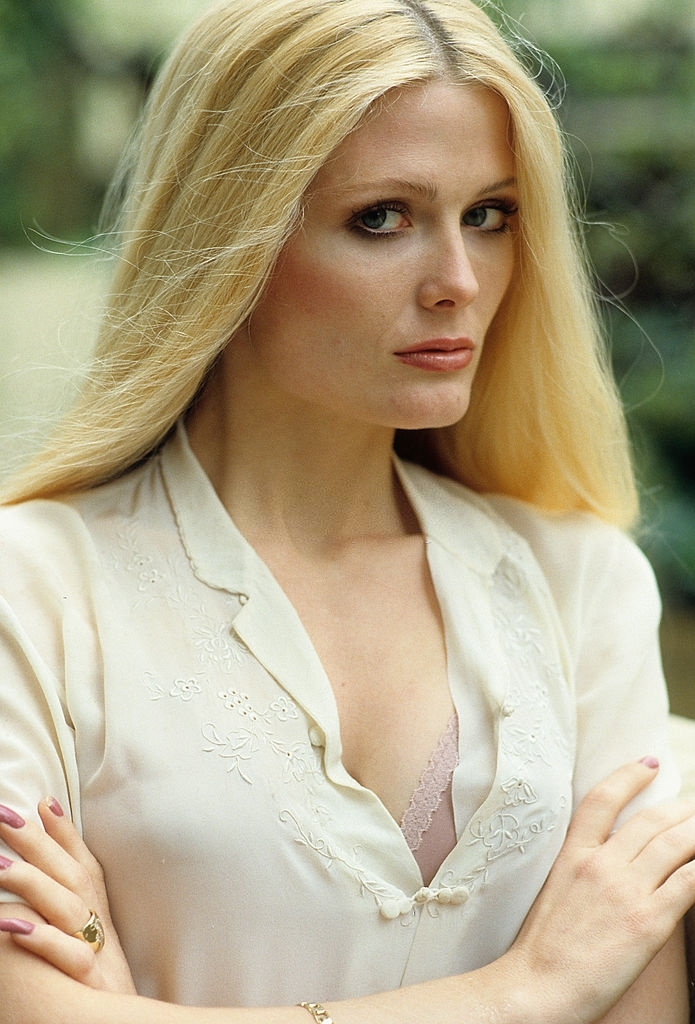
More than nostalgia, Debra’s legacy represents individuality. She didn’t fit into the mold—she reshaped it. Her long hair, her serene confidence, and her journey beyond beauty standards made her a trailblazer in more ways than one.
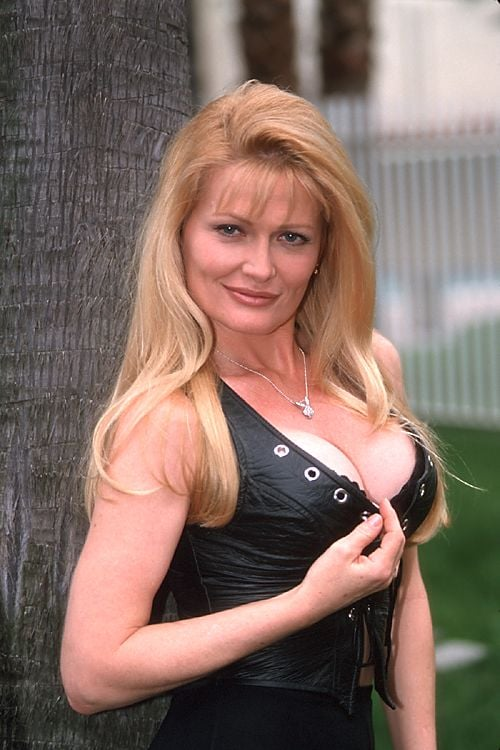
Where She Stands Today
As of 2025, Debra Jo Fondren is in her early 70s, having built a life defined by purpose rather than attention. Her estimated net worth reflects the fruits of her work, but it’s her personal evolution—from small-town waitress to celebrated icon, from actress to nurse and teacher—that tells the real story.
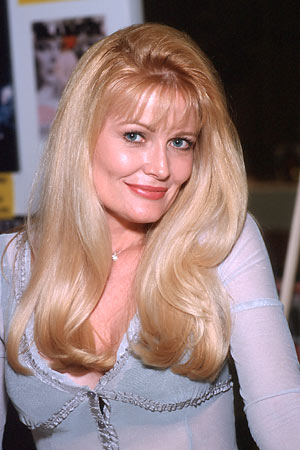
She lives a grounded life surrounded by the people and community she values most. Whether she’s guiding students in the classroom or reflecting on a past filled with fame and lessons, Debra remains a symbol of resilience, authenticity, and reinvention.
Conclusion
Debra Jo Fondren didn’t just leave a mark—she carved a path. From a young woman working in a Texas steakhouse to a nationally recognized beauty with flowing golden hair, she embraced each chapter of her life with grace and courage. She showed the world that beauty might open the door, but it’s strength, purpose, and authenticity that carry a story forward.
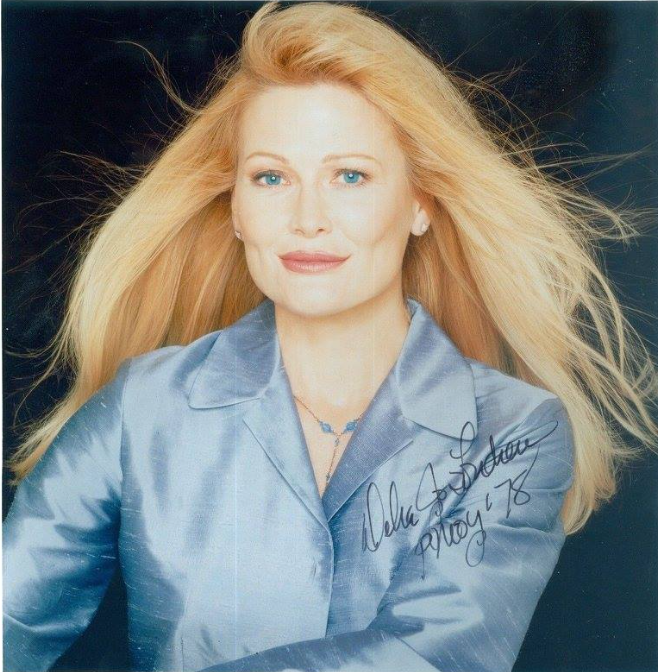
Her legacy is one of transformation, reminding us that no matter where you begin, you have the power to redefine your own narrative. And while her images may remain frozen in time, Debra Jo Fondren herself keeps evolving—proof that true beauty grows stronger with every chapter.